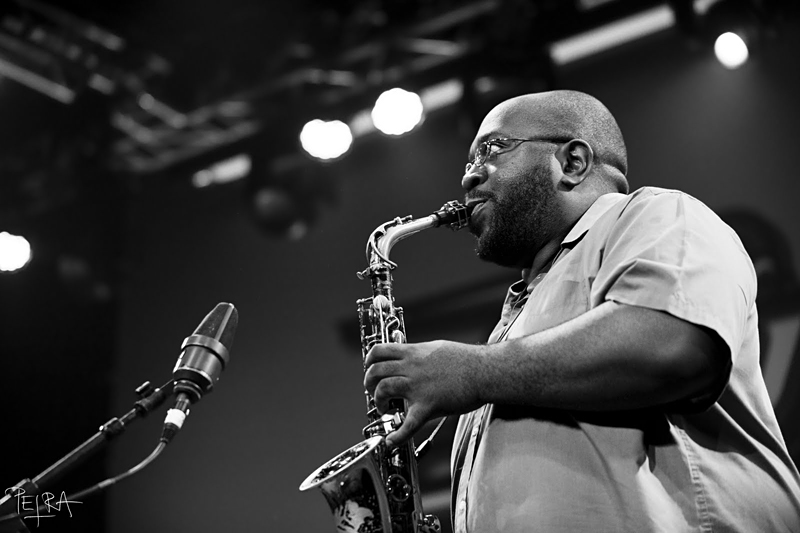A reader writes: “Is there anyone I can sue if the state decides not to listen to the city’s election on the viaduct? It’s costing a million, which is plenty….I want my money back! Maybe we can give it to Kimball School so they can have an art or music program.”
Sorry. The kids at Kimball will have to make do a little longer. Ballots are being sent out this week after the City Council chose to plow ahead with the March 13 “advisory” vote. This despite the fact that the state Department of Transportation firmly rejected using a tunnel to replace the decrepit, 2.2-mile, state-owned Alaskan Way Viaduct and Chris Gregoire’s spokesperson said that the governor plans to ignore the vote.
Not only has the election outcome become moot, but it’s widely expected to provide no definitive message anyway, thanks to the crazy two-question format that the council ginned up. (Instead of up or down, tunnel versus viaduct, voters are asked whether they “prefer” to rebuild the elevated structure, or not; and whether they “prefer” to build a tunnel, or not.)
“From the public opinion standpoint, there’s more chance for this ballot to cloud the issue than clarify it,” says Stuart Elway of Elway Research, a widely used Seattle pollster.
Council member Nick Licata, who has generally supported a rebuild, says he thinks the most likely scenario is that voters will shoot down both measures.
Not all advisory ballots are this pointless. Back in 1998, the Department of Transportation asked voters in and around Pierce County whether the state should construct a second span alongside the Tacoma Narrows Bridge and pay for it with a $3 round-trip toll. Voters said yes, and the bridge is scheduled to open this summer. And the Narrows measure came cheap because it was part of a November general election.
Gregoire spokesperson Holly Armstrong says the governor wanted a viaduct measure more than a year ago, when it could have been on a November ballot. It’s being rushed to voters now so the city can make its views heard during the current legislative session.
“The people of Seattle must have a voice and a vote in the fate and the future of the waterfront,” declared council member Jan Drago in a statement last week.
But if state and local officials want to know what Seattleites think on the viaduct issue, there’s a much cheaper and more nuanced way to find out: Just take a stupid poll.
“A poll would cost maybe $40,000 or $50,000 at the most, and you’d get a much more accurate indication of what citizens overall are thinking,” says Robert Stern, general counsel for the nonpartisan Center for Governmental Studies in California.
A poll of a thousand people “would produce data that’s plus or minus 3 percent of what you’d get if everyone in town were interviewed,” says Elway, who conducted a survey for The Seattle Times on the viaduct several months ago. And a poll “would give the opportunity to learn a lot more” about what people are willing to support under different cost and funding conditions, he notes.
Unfortunately, says Stern, “People are leery of polls. They don’t trust them. But then they don’t trust elections, either.”







